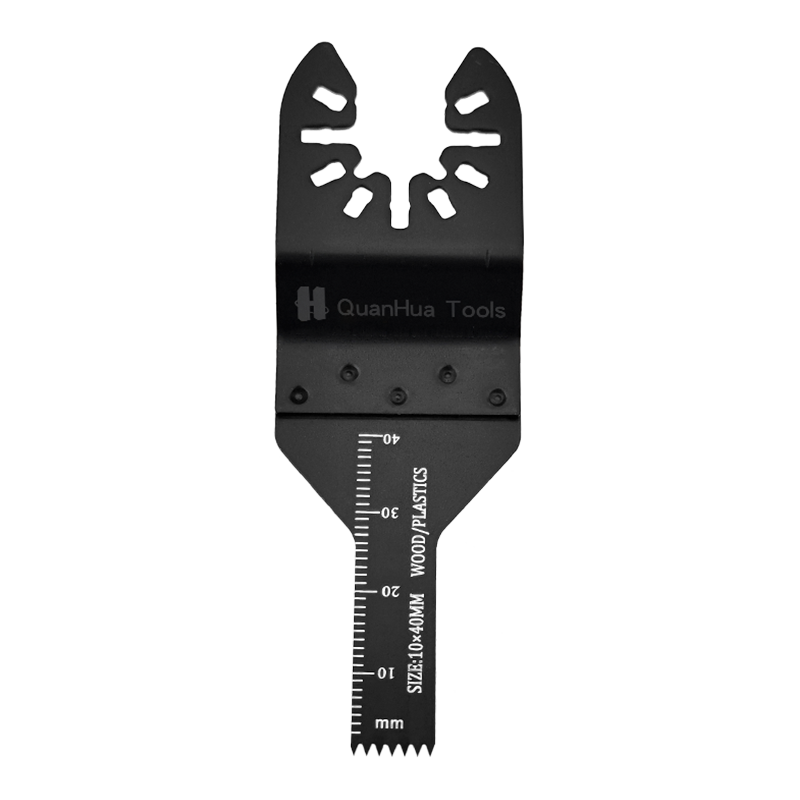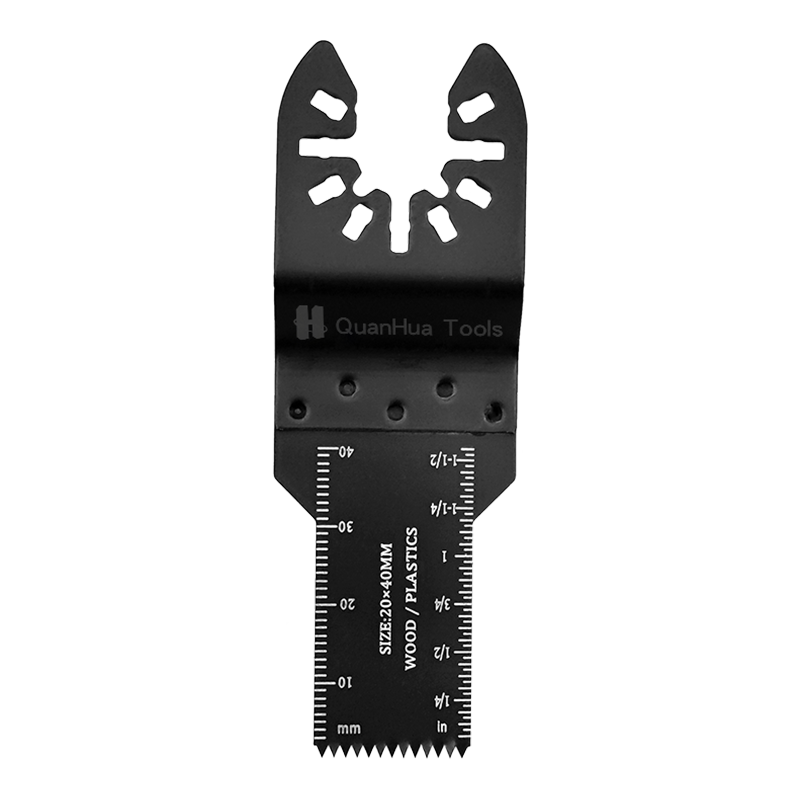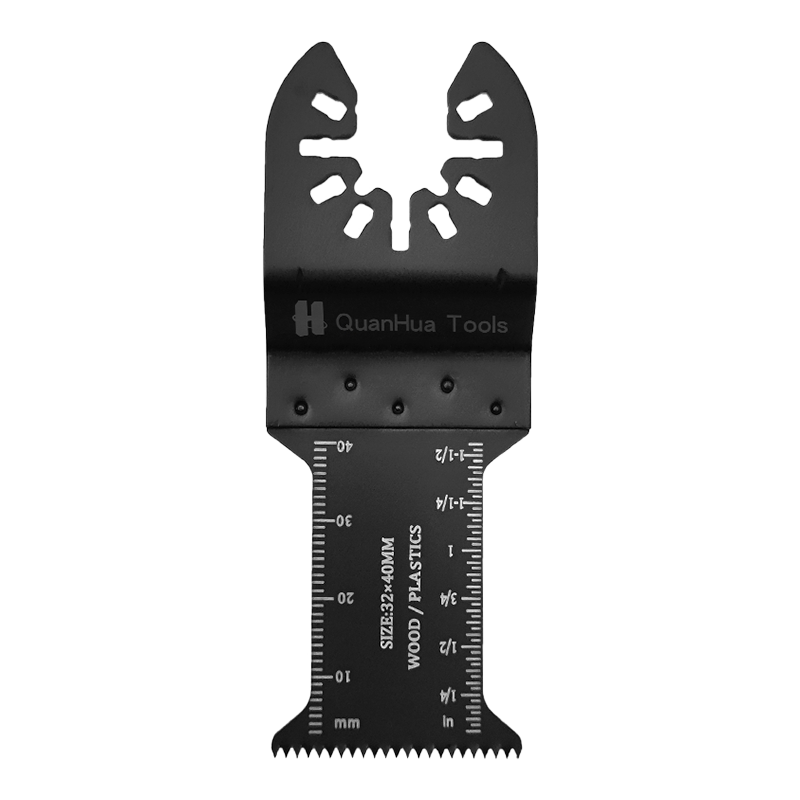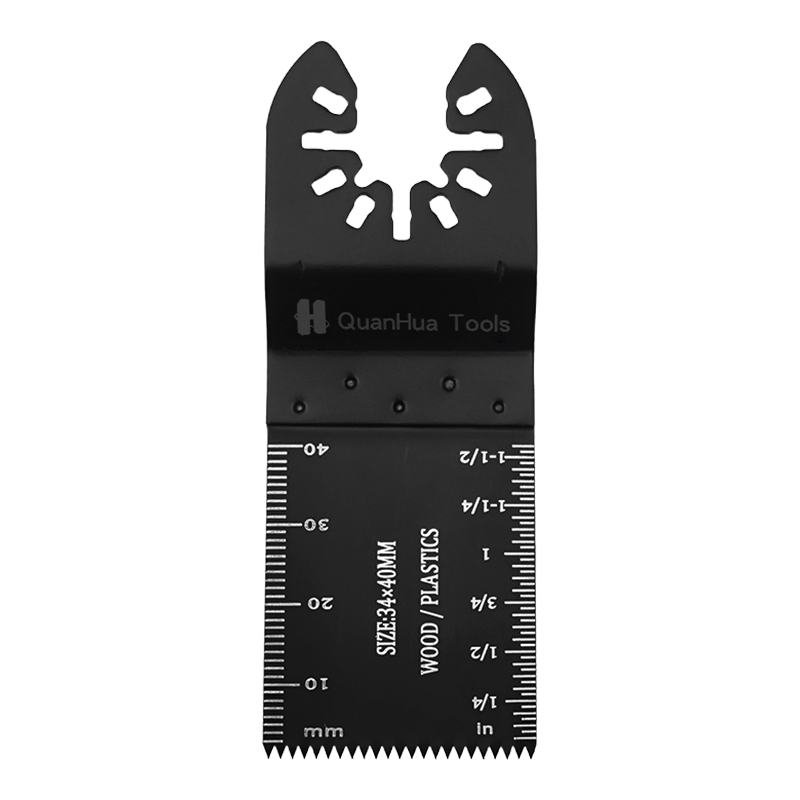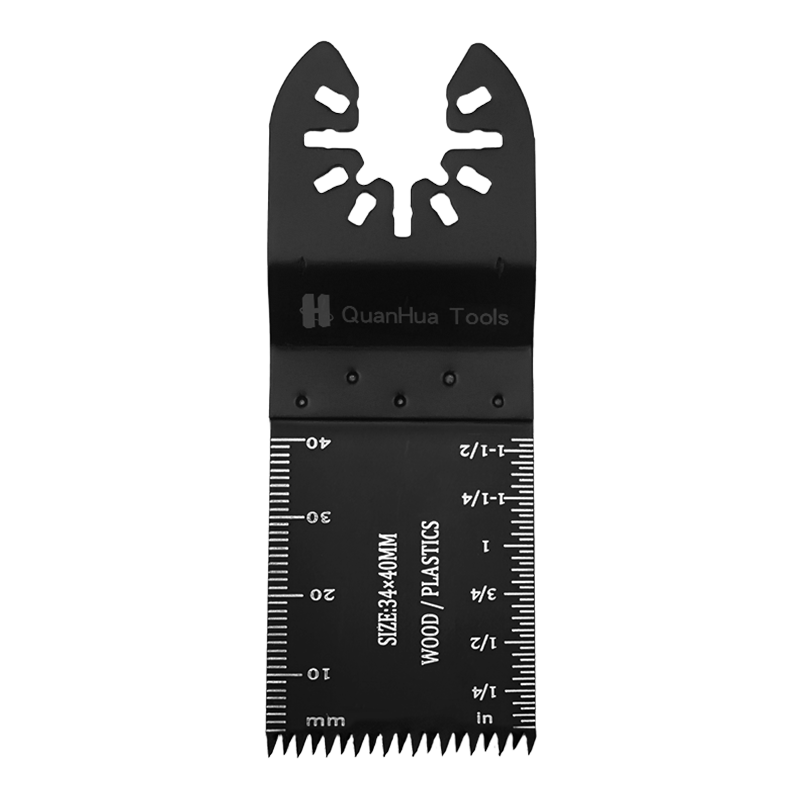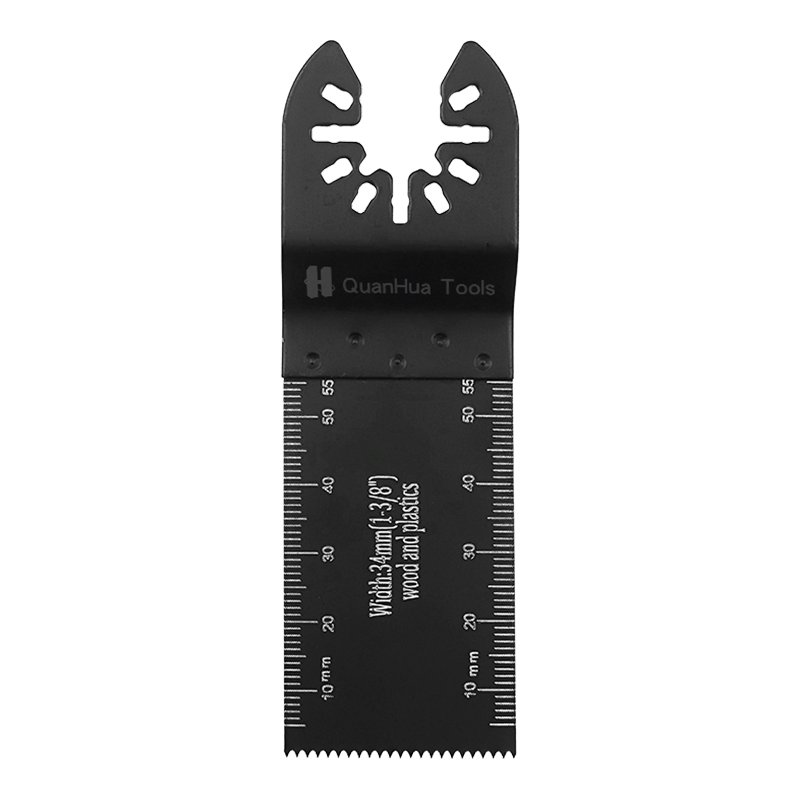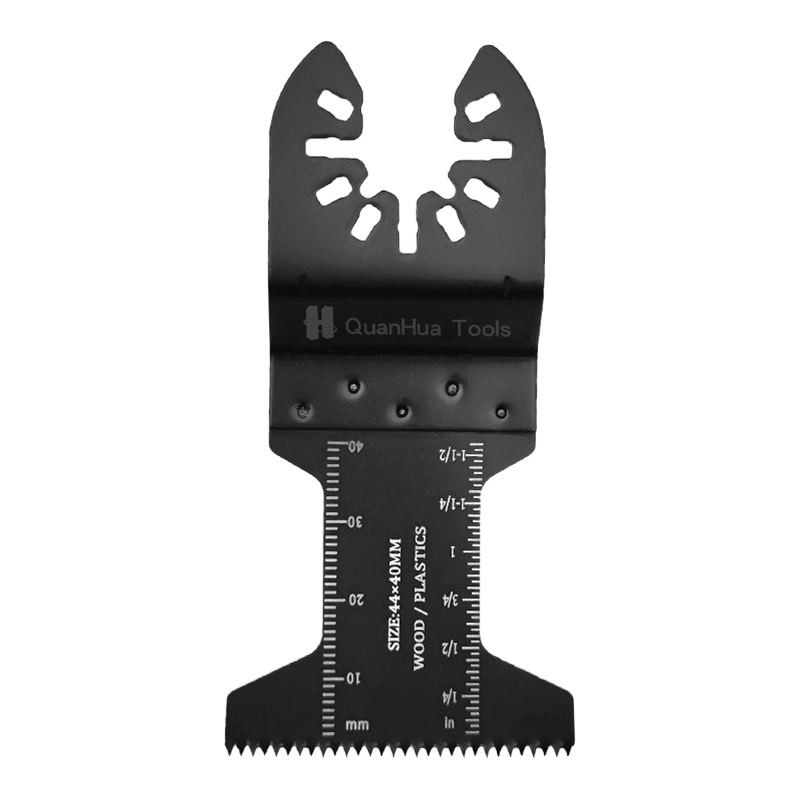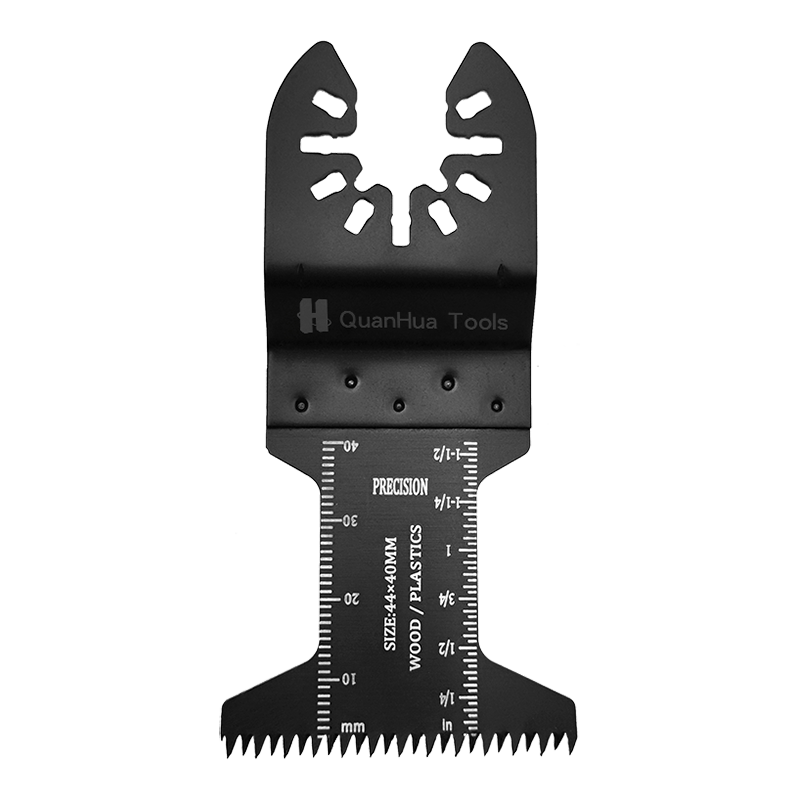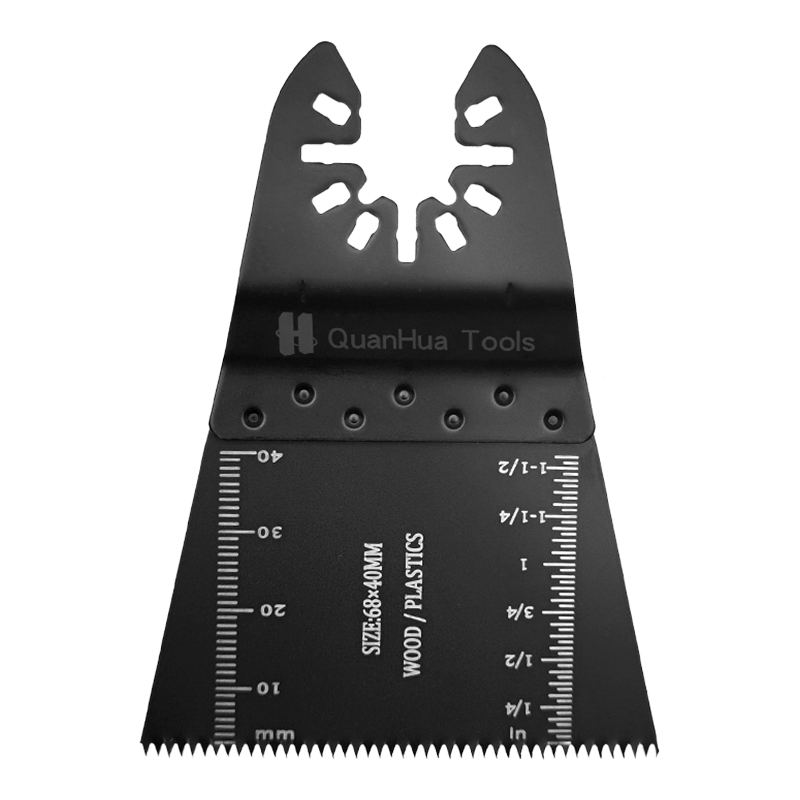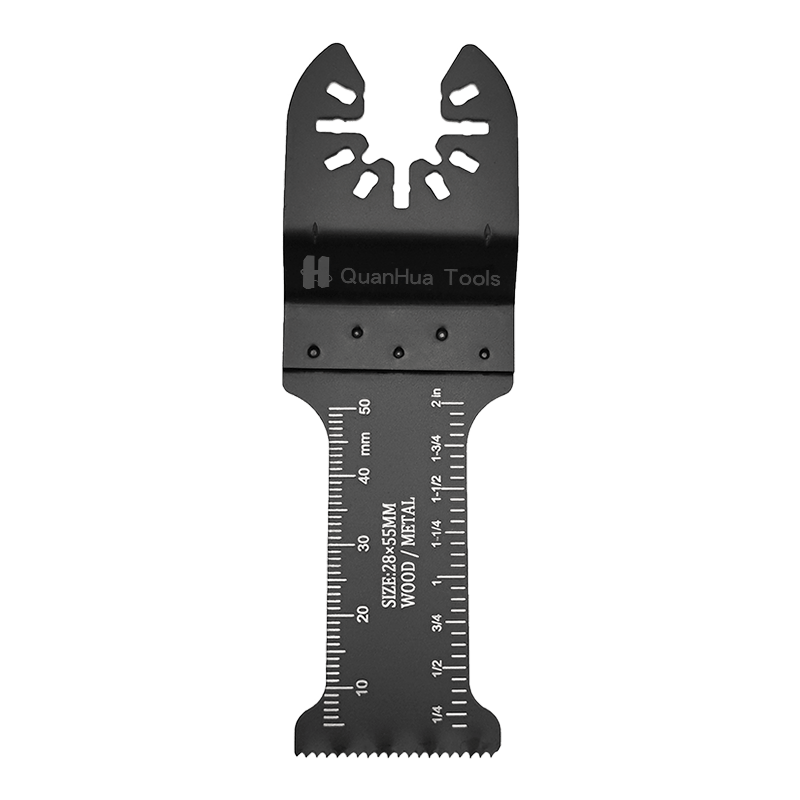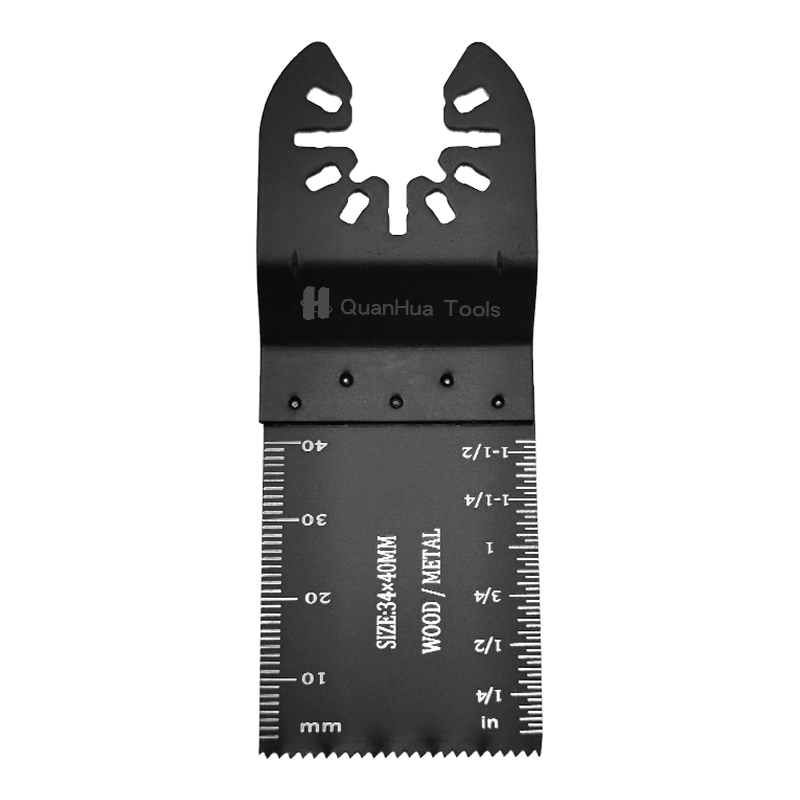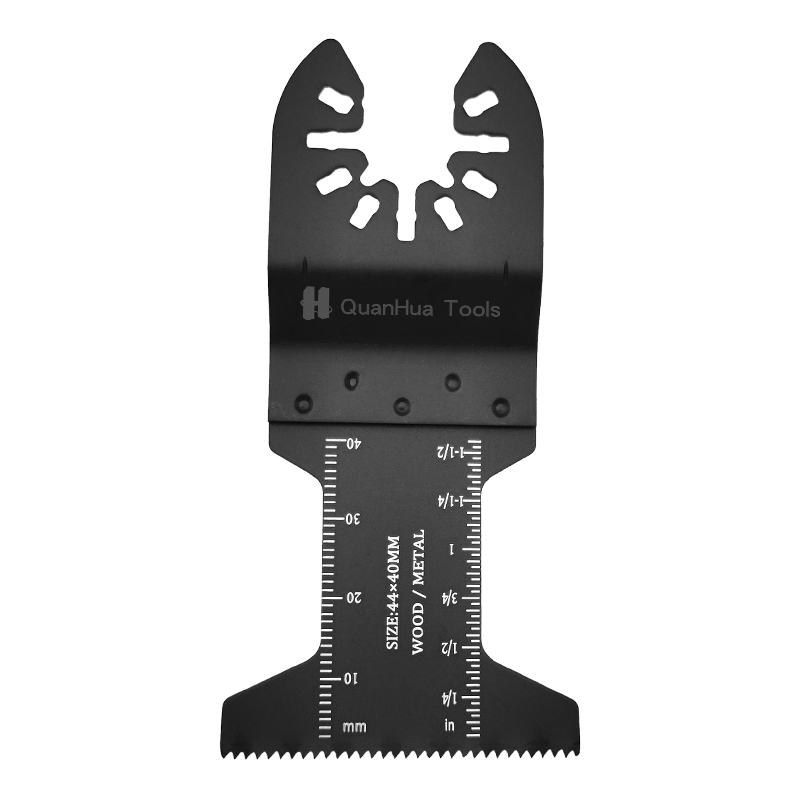1. Choosing the Right Garden Saw Blade: Ensure Efficient Pruning
Each garden saw blade has specific applications and advantages. Choosing a saw blade that suits your garden's needs will not only improve your pruning efficiency but also extend the blade's lifespan. Here are some characteristics of common saw blade types:
Diamond Blades: Diamond blades are ideal for pruning hardwood or large branches. Due to the high hardness of diamond, these blades are extremely durable and can handle demanding pruning tasks. Diamond blades are an ideal choice if you have many large or old trees that need pruning.
Carbon Steel Blades: Carbon steel blades are not only sharp but also easy to sharpen, making them ideal for pruning small and medium-sized branches and shrubs. If you have a wide variety of plants in your garden, the versatility of carbon steel blades can meet a variety of pruning needs.
Stainless Steel Blades: In humid environments (such as areas with frequent rain), stainless steel blades offer better corrosion resistance, preventing rust and wear caused by moisture. These blades are particularly suitable for gardens exposed to constant moisture. By choosing the best garden saw blade for your garden, you can improve pruning accuracy and efficiency, reducing unnecessary pruning time.
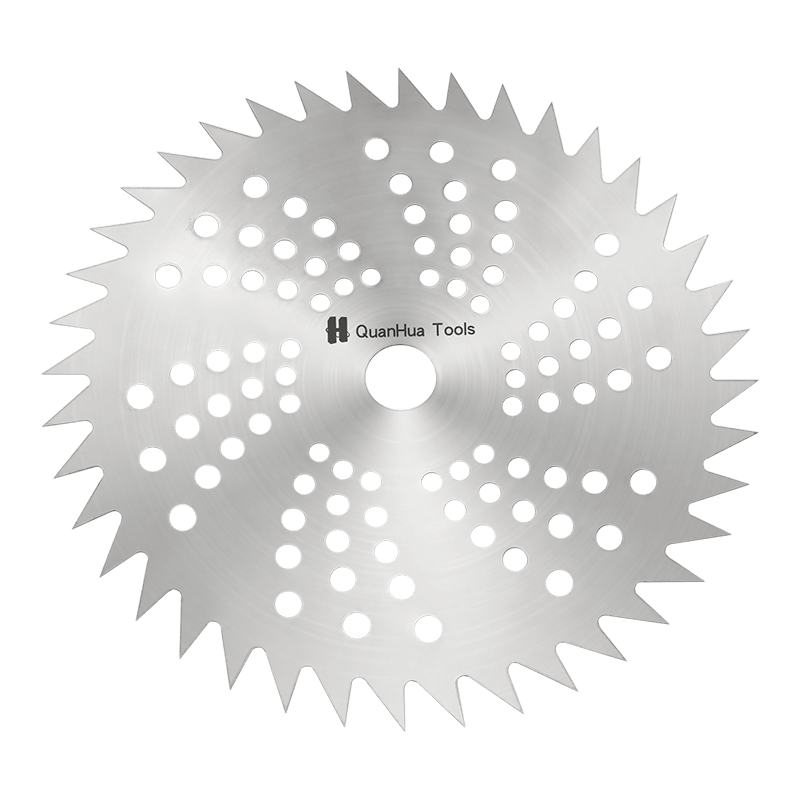
2. Mastering the Proper Operation Technique: Improving Pruning Efficiency
When using a garden saw blade, operating technique is crucial. Proper operation not only improves pruning efficiency but also prevents damage to plants and tools. Here are some effective operating techniques:
Steady Grip and Maintain Stability: Maintain a firm grip on the saw handle with both hands to prevent vibration and shake while pruning, ensuring the saw blade maintains the correct cutting angle. Maintaining a steady hand ensures smooth cutting, reducing wear and sticking.
Smooth Cutting Action: Apply even force to the saw blade, rather than applying pressure. Excessive force can not only cause the saw blade to lose its sharpness, but can also break branches or damage the blade. Maintaining a steady cutting action ensures that the saw blade operates efficiently and smoothly during pruning.
Pruning from the bottom: When pruning branches, it is recommended to start sawing from the bottom. This prevents damage from falling branches, especially when pruning large trees. Base pruning reduces the risk of breakage and ensures healthy plant growth.
Prevent overheating the saw blade: During long pruning sessions, pause to allow the saw blade to cool. This prevents the blade from becoming dull or losing its stiffness due to overheating.
Mastering these tips will help you complete pruning tasks more efficiently and prevent tool damage.
3. Regularly Clean and Maintain Your Saw Blade: Extending Tool Life
Keeping your garden saw blade clean and in good condition is key to long-term, effective use. Here are some cleaning and maintenance tips:
Clean the saw blade after each use: Immediately clean the blade of resin, sawdust, and dirt after each use. Failure to remove these substances can reduce the blade's sharpness and even cause corrosion. Gently wipe with a brush or cloth and rinse with warm water as needed.
Inspect the saw blade regularly: After each use, inspect the blade for wear, cracks, or deformation. If any problems are found, replace the blade immediately to prevent further damage to garden plants or reduce pruning effectiveness. Regular Lubrication: Applying a generous amount of lubricant to the metal portion of the saw blade helps reduce friction and protect the metal surface. Regular maintenance, especially for frequently used saw blades, will help maintain optimal cutting performance.
Regular cleaning and maintenance not only prolongs the life of the saw blade but also ensures optimal results with every use.
4. Using the Correct Saw Blade Angle: Improving Cutting Accuracy
The cutting angle is crucial for improving pruning efficiency and ensuring healthy plant growth. The correct cutting angle ensures smoother branch separation, reducing the risk of plant damage.
Choosing the Appropriate Cutting Angle: Generally, the saw blade's cutting angle should be aligned with the branch's growth angle as closely as possible. This ensures a smoother cut, reduces the risk of plant damage, and promotes healing and recovery.
Avoid Excessive Lateral Pressure: Avoid excessive lateral pressure when cutting, as this can easily cause branch breakage. Always maintain a vertical or diagonal cutting angle for a smoother cut.
5. Properly Schedule Pruning Time: Improving Work Efficiency
Efficient pruning is not only about tools and technique; properly scheduling pruning time is also a crucial factor in improving work efficiency. Choose the best pruning season: Spring and autumn are the best times to prune trees and shrubs. Pruning in spring helps plants grow better, while pruning in autumn helps them prepare for the winter. Avoid pruning during the hot summer months, as plants are more vulnerable and pruning can cause damage.
Batch pruning tasks: If you have multiple branches or shrubs to prune, prune them all at once to avoid frequent tool changes and adjustments to your work environment. Batch pruning saves time and ensures a smoother workflow.
Scheduling your pruning schedule not only improves efficiency but also helps plants recover more quickly.
6. Use tools to improve efficiency: Speed up your work
In addition to the Garden Saw Blade, several other tools can significantly improve your pruning efficiency:
Branch support: When pruning larger branches, a support can help stabilize the branch, preventing it from bouncing back during the cut, thus avoiding unnecessary risks and delays.
Work platform or ladder: If you need to prune high branches, a stable work platform or ladder provides greater safety and stability, allowing you to focus more on the pruning task and reducing fatigue. Gardening gloves and goggles: Safety comes first. Using appropriate gardening gloves and goggles can effectively protect your hands and eyes from wood chips or branches thrown by the saw blade.
Using these tools together can make pruning more efficient and safer.
7. Understand the saw blade's workload: Avoid overuse.
Each garden saw blade has a maximum workload, and you must use it within the saw blade's specifications. Overloading the saw blade will not only reduce efficiency, but also accelerate blade wear and even damage.
Avoid prolonged continuous use: During long pruning sessions, take regular breaks to allow the saw blade to cool down and prevent overheating.
Prune as needed: Avoid pruning too many branches or shrubs at once; tackle them gradually.
Appropriately scheduling work based on the saw blade's workload will improve efficiency and protect the blade.
8. Keep the saw blade sharp: Ensure optimal cutting results.
A sharp saw blade is crucial for optimal pruning results. A dull saw blade not only slows down cutting speed but also easily causes irregular cuts and can even damage plants. Regular sharpening: Use a sharpener or have your saw blade professionally sharpened regularly to maintain its sharpness. A sharp saw blade allows for more precise pruning and minimizes plant damage.
Preventing dulling: Avoid unnecessary collisions between the saw blade and hard objects to prevent unnecessary dulling.

